Durum Wheat Information: Tips On Growing Durum Wheat At Home
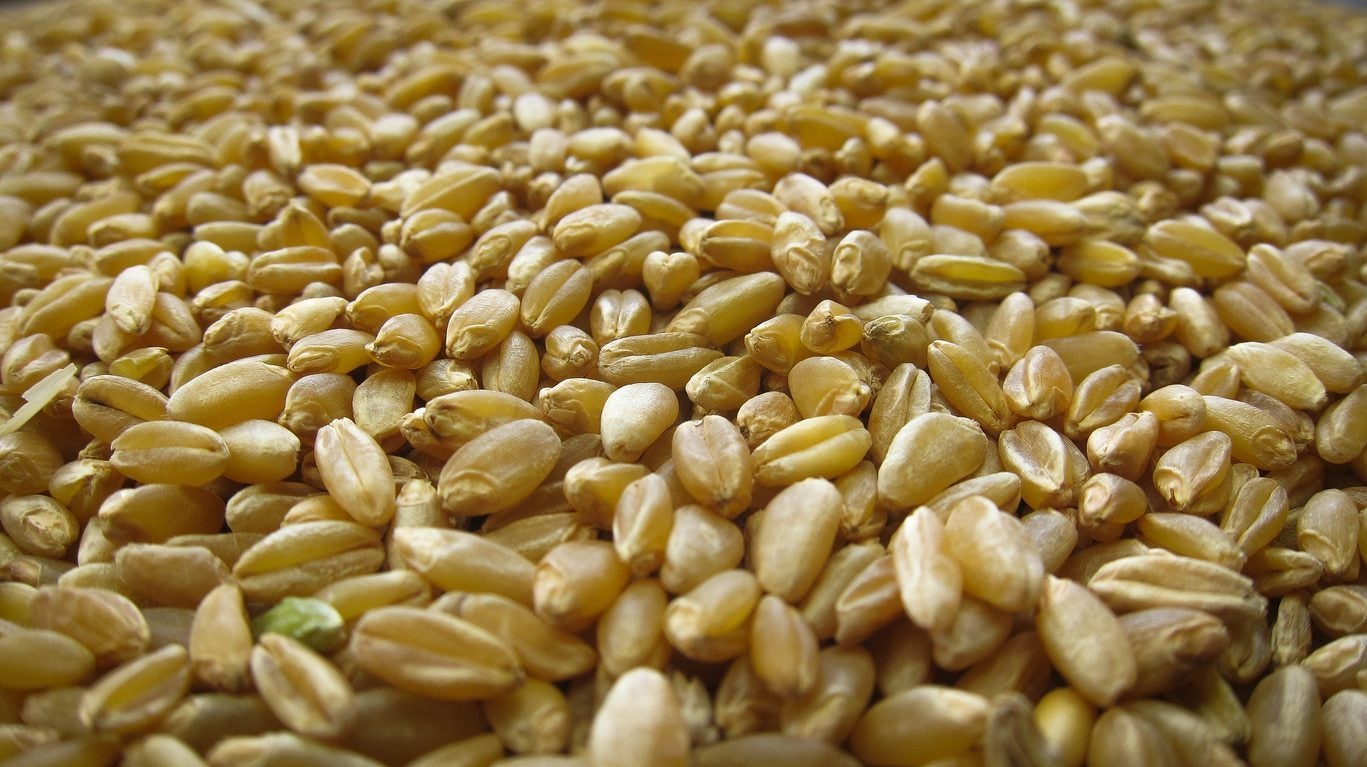
Americans eat a lot of wheat in its various commercially produced forms. Most of it has been processed and the bran, endosperm, and germ are separated, leaving ground white nutritionally void white flour. Utilizing the whole grain is much more nutritious and richer in fiber minerals, B vitamins, and antioxidants; which is why many gardeners are choosing to grow their own. How about growing your own durum wheat, for example? What is durum wheat? Read on to find out how to grow durum wheat and about durum wheat care.
What is Durum Wheat?
As you’re slurping down your spaghetti Bolognese, have you ever stopped to wonder exactly what the pasta is made of? Although pasta can be made from other types of wheat, durum wheat is considered to be of higher quality for the production of pasta. Durum wheat, Triticum turgidum, is used for most dried pastas and couscous as well as for raised and flat breads throughout the Middle East.
Durum Wheat Information
Durum is the only tetraploid (four sets of chromosomes) species of wheat that is commercially cultivated today. It was developed through artificial selection from domesticated emmer wheat grown in central Europe and the Near East in around 7,000 B.C. Like emmer wheat, durum is awned, meaning it has bristles. In Latin, Durum means “hard” and, indeed, durum wheat is the hardest of all the wheat varieties, meaning it has the hardest kernels. It is a spring wheat grown primarily in the northern Great Plains. While durum wheat can be used to make bread, it is almost exclusively used to make semolina flour for pastas.
How to Grow Durum Wheat
We all think of acres of waving wheat fields, but even a small plot can garner the home gardener enough grain for household use. Planting a few pounds of seed can turn into eight times as much edible grain, so even a small plot of wheat should be plenty for the average family. Durum wheat, a spring wheat, should be planted as early as the ground can be worked. Prepare a sunny site in the fall by plowing and then till and sow seed in the spring. Ideally, the soil pH should be neutral, around 6.4. Seeds can be broadcast by hand in a small plot. It can even be planted in rows as you would other types of crops. Cover the seed by raking it to a depth of 1 to 1 ½ inches (2.5-4 cm.) and tamp down the seeded area.
Durum Wheat Care
Once the area is seeded, there really isn’t all that much additional care when growing durum wheat. Just make sure to give the plants an inch (2.5 cm.) of water per week. Of course, if you get a prolonged dry spell, water more often. The plants are sown so close together that nary a weed will grow, plenty of time to just sit back and admire your very own waving wheat field for a few months, until it’s time to harvest and thresh.
Gardening tips, videos, info and more delivered right to your inbox!
Sign up for the Gardening Know How newsletter today and receive a free copy of our e-book "How to Grow Delicious Tomatoes".

Amy Grant has been gardening for 30 years and writing for 15. A professional chef and caterer, Amy's area of expertise is culinary gardening.
-
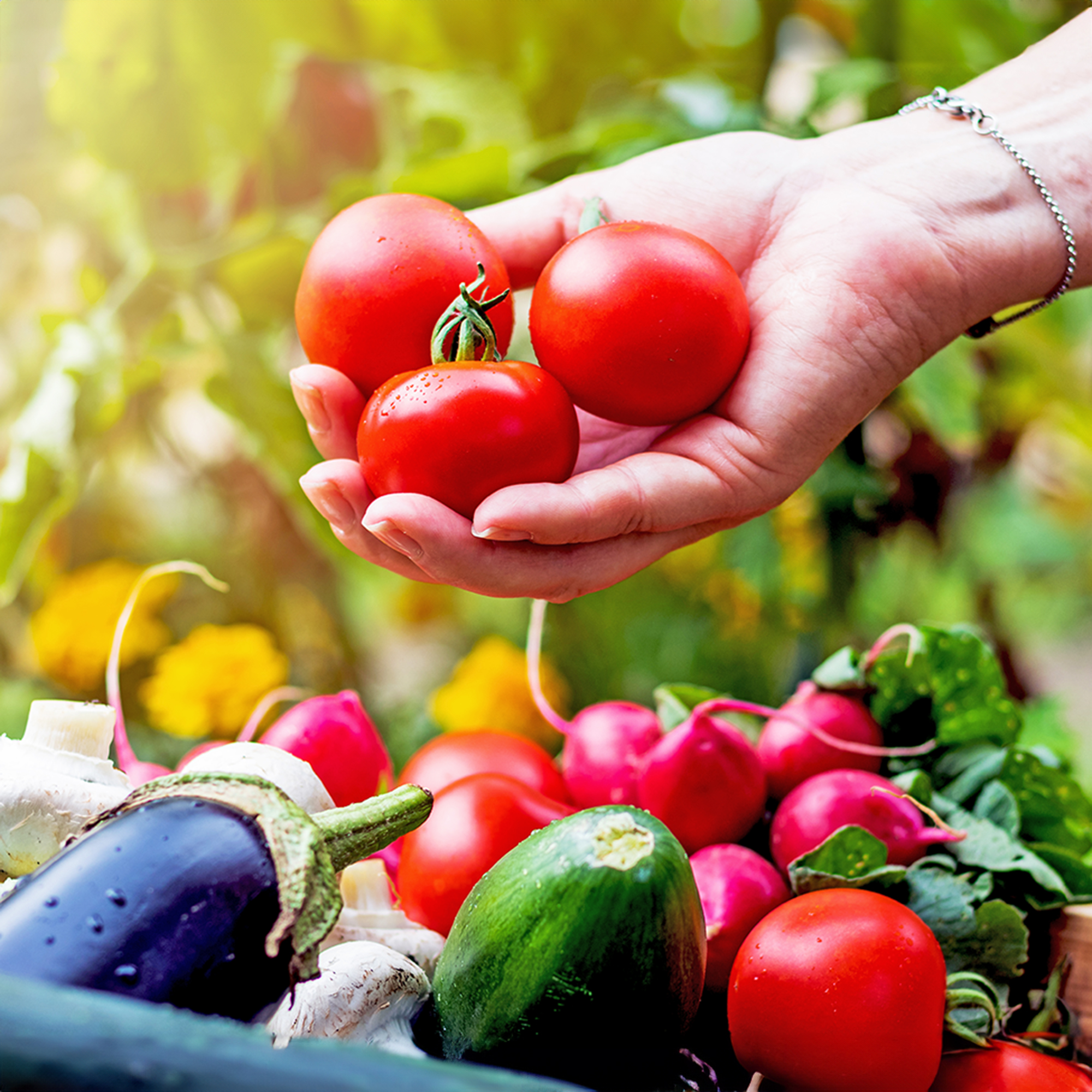 What Not To Plant With Tomatoes: 8 Bad Neighbors That Could Ruin Your Harvest
What Not To Plant With Tomatoes: 8 Bad Neighbors That Could Ruin Your HarvestNot all companion plants are beneficial – some can sabotage your tomatoes. Find out which ones to keep at a safe distance in the garden.
-
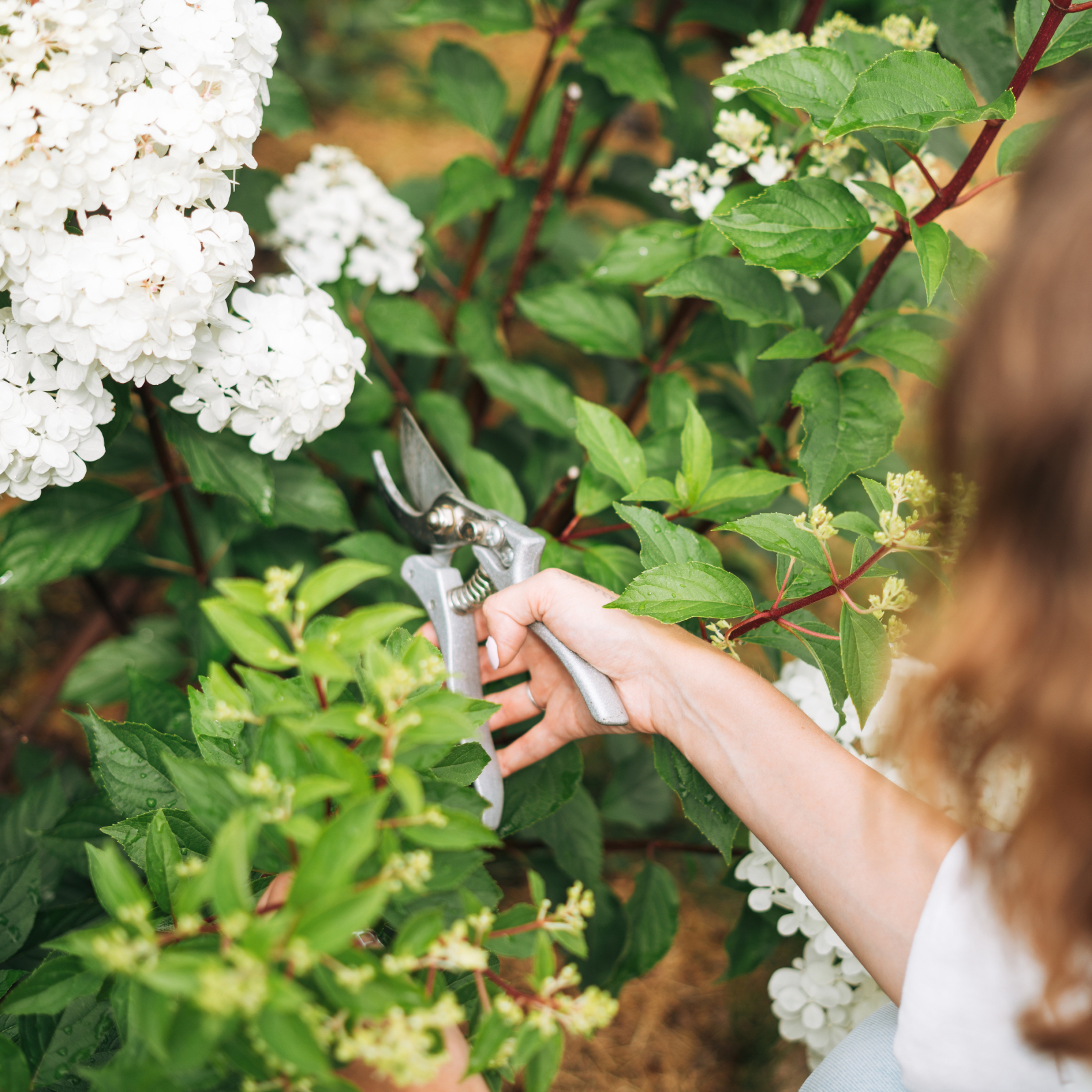 Pruning Limelight Hydrangea Bushes For Bigger Blooms & Stronger Plants
Pruning Limelight Hydrangea Bushes For Bigger Blooms & Stronger PlantsPruning 'Limelight' hydrangea will benefit the shrub. Flowers will be more bountiful the next year and branches will be stronger. Learn how and when to prune.
-
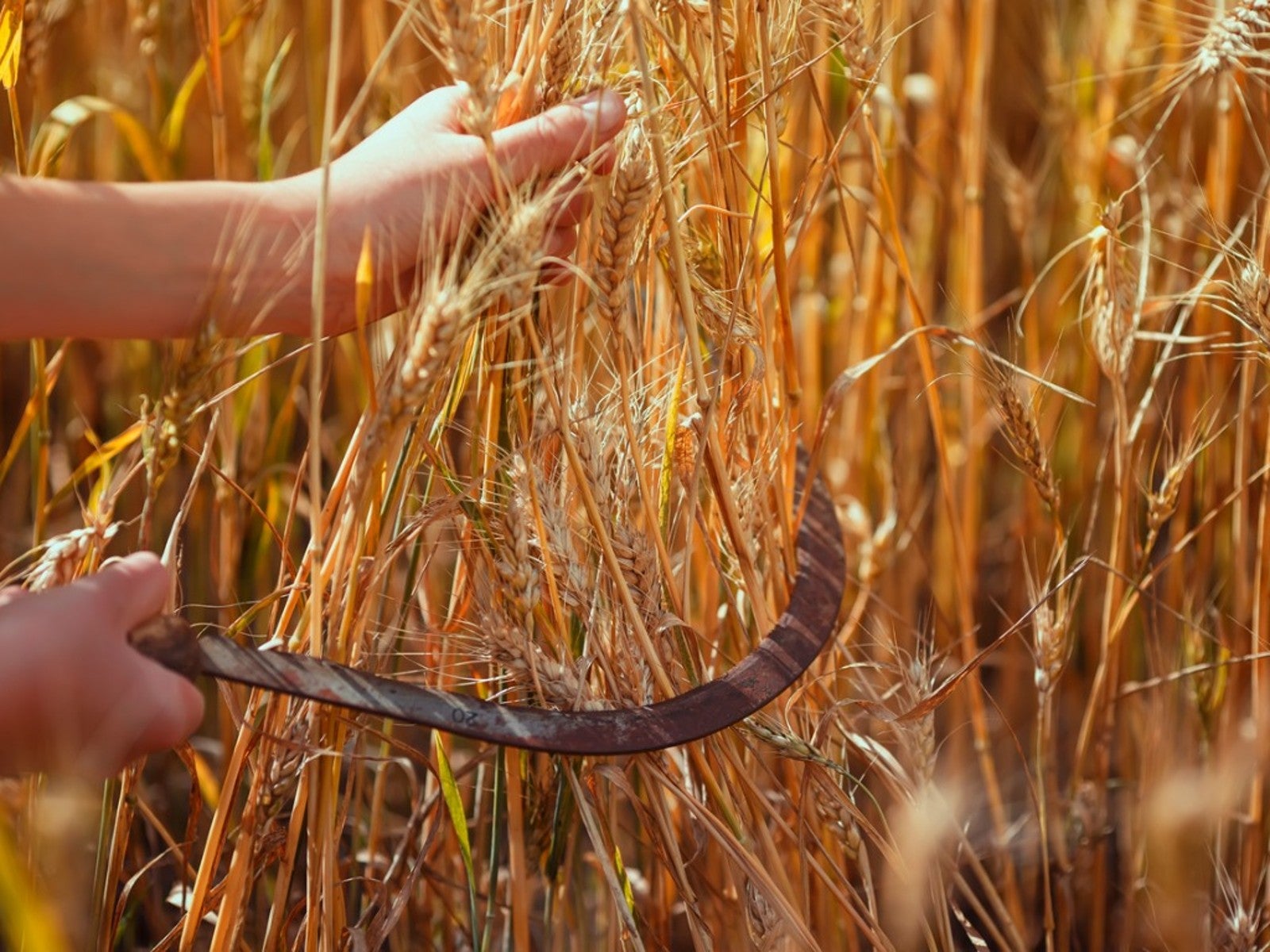 Harvesting Wheat In The Home Garden
Harvesting Wheat In The Home GardenGrowing wheat at home is a fun part of a healthy lifestyle. Learn how to tell if your home grown wheat is ready to harvest, and how to do it.
-
 Grow Your Own Pasta: How To Make Semolina Pasta From Durum Wheat
Grow Your Own Pasta: How To Make Semolina Pasta From Durum WheatNoodles have been a staple of the human diet for centuries. The best pasta is made with Durum wheat. Read on to learn how to grow it.
-
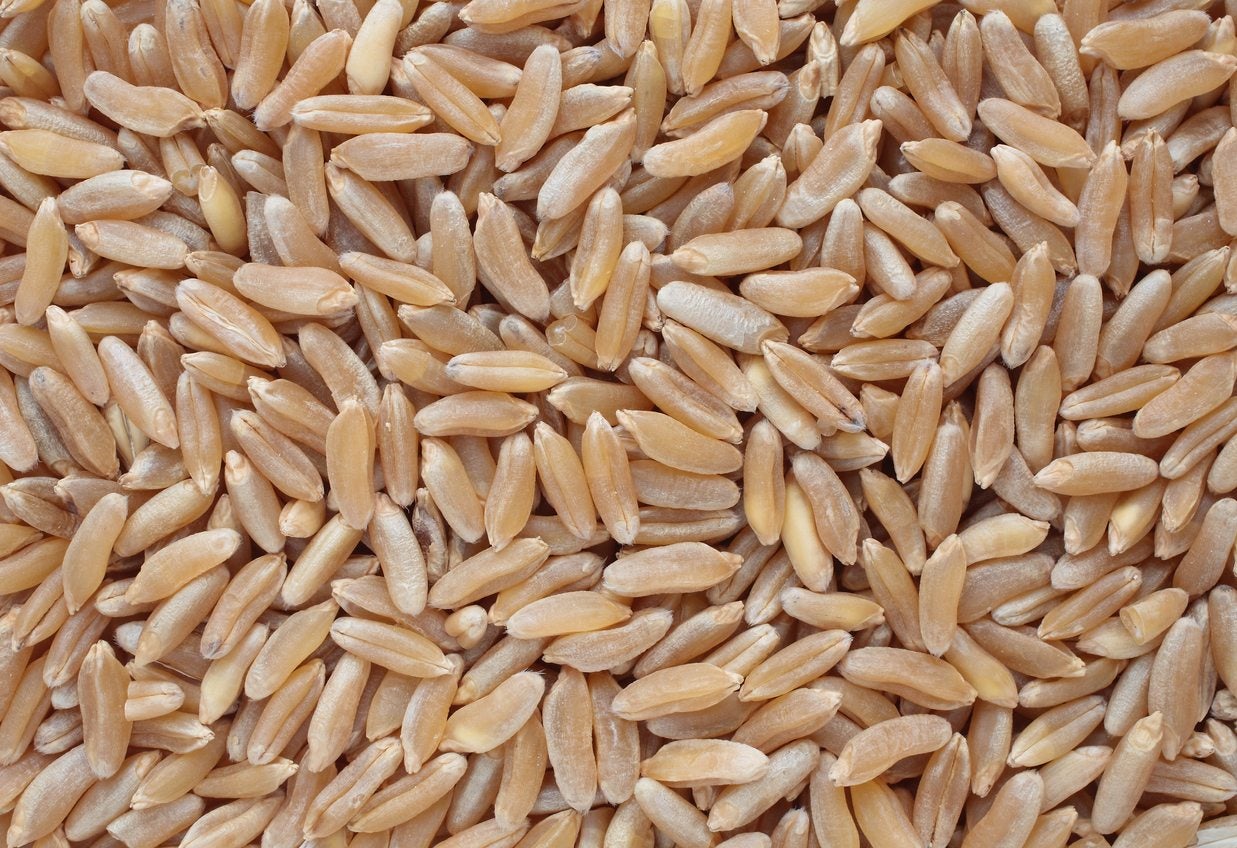 What Is Khorasan Wheat: Where Does Khorasan Wheat Grow
What Is Khorasan Wheat: Where Does Khorasan Wheat GrowAncient grains have become a modern trend and with good reason. These unprocessed whole grains have a slew of healthful benefits. One such grain is called khorasan wheat. What is khorasan wheat and where does khorasan wheat grow? Learn more here.
-
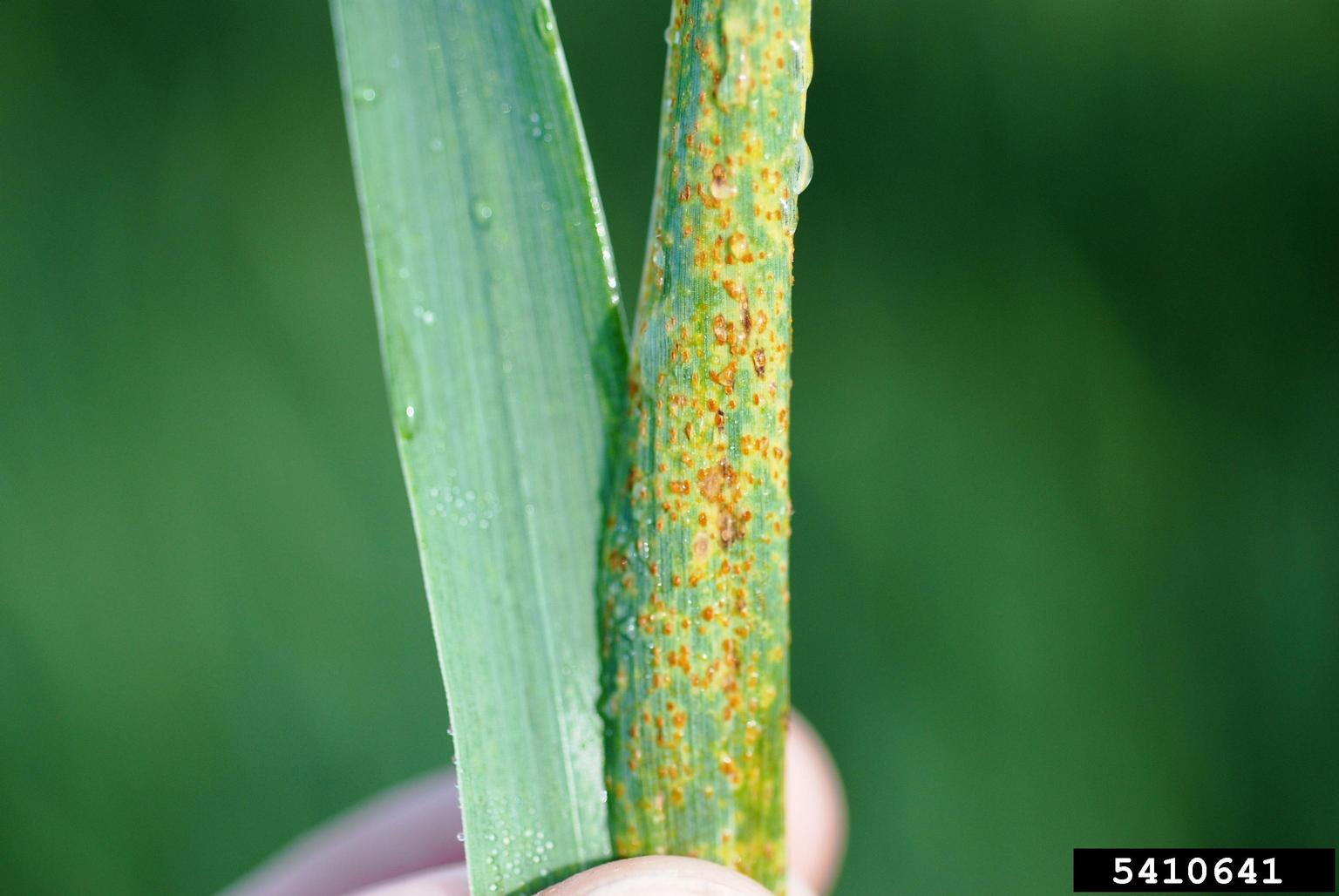 What Is Wheat Rust: Learn About Rust Diseases Of Wheat
What Is Wheat Rust: Learn About Rust Diseases Of WheatWheat rust is one of the earliest known plant diseases, and it remains a problem today. Scientific studies offer information that allows us to manage the disease better. Use the wheat rust information in this article to help manage your crop.
-
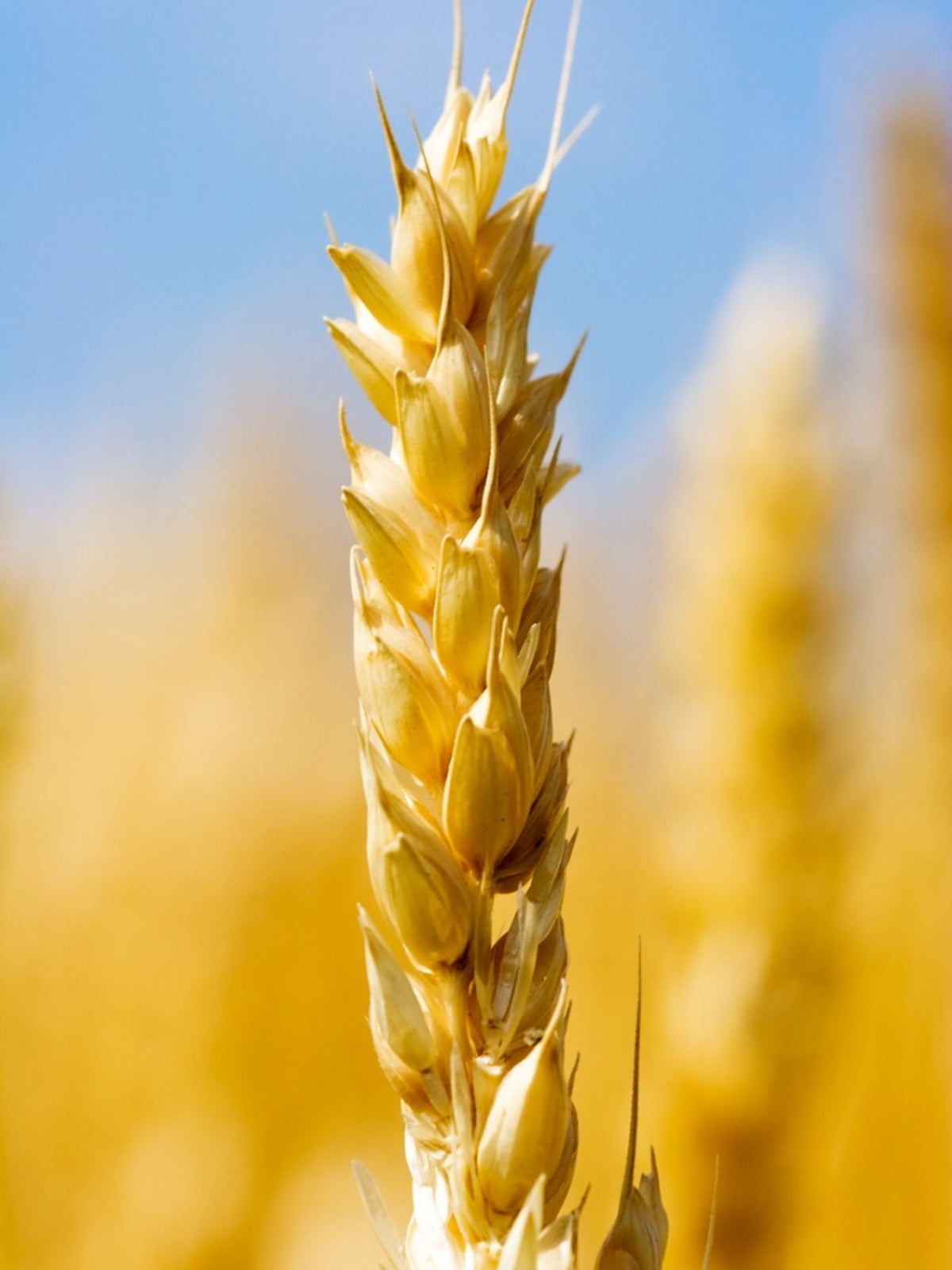 Can I Grow Wheat At Home – Tips For Growing Wheat In Home Gardens
Can I Grow Wheat At Home – Tips For Growing Wheat In Home GardensYou want to eat healthfully and incorporate more grains into your diet. What better way than growing wheat in your home garden? The following wheat growing information will help you learn how to grow wheat in a home garden and caring for backyard wheat grain.